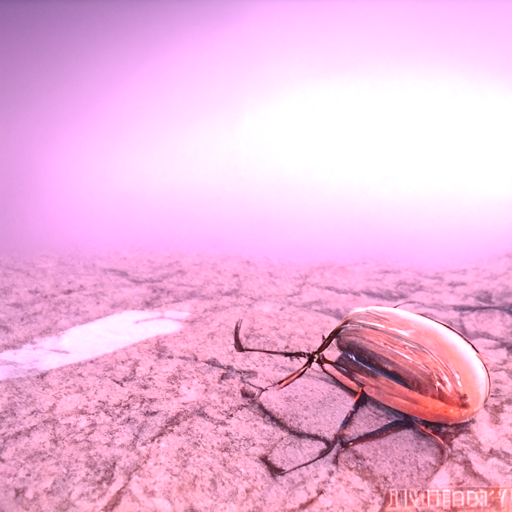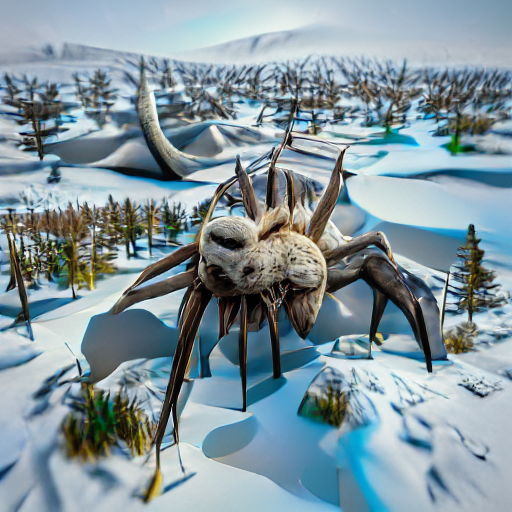

When a werebeing sheds blood into groundwater, in some rare cases a nearby tree may absorb it and transform into a weretree. After around six weeks of transformation time, the weretree's bark feels rubbery; the branches grow large, meaty muscles; a face may form, though often lacks the vocal cords to speak; and a coveted Essence Tree may sprout directly from its wooden heart, producing nectar, ambrosia, and colorful fruits. Farmers lucky enough to have a weretree born on their farm benefit greatly from the weretree's harvest, but also inexplicably become targets for jealous neighbors.
Explore an endless universe of ficticious life on NovelGens.





